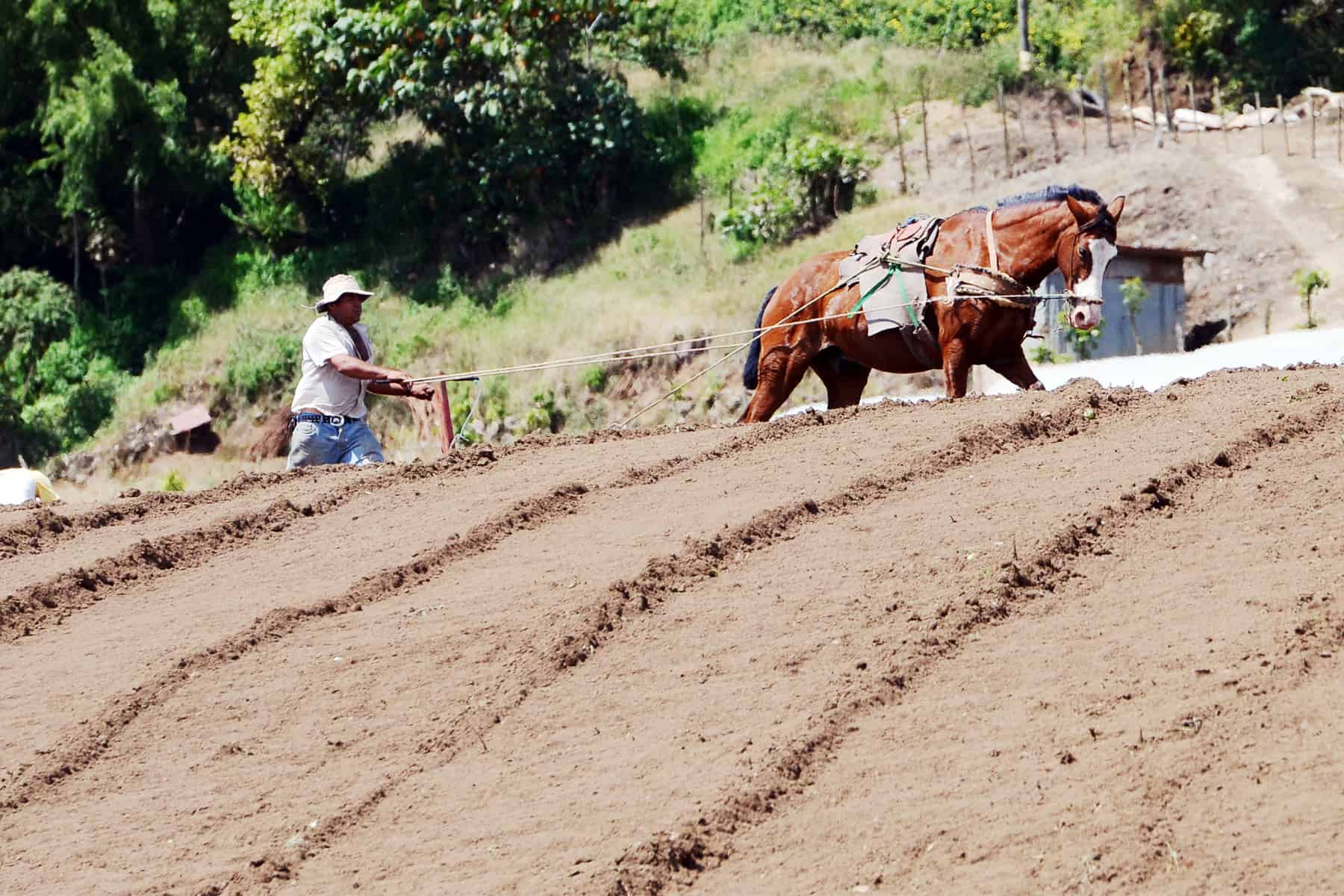At least half a million residents of Costa Rica’s Greater Metropolitan Area will suffer water shortages and rationing until next year due to low rainfall levels recorded during the current rainy season, the Water and Sewer Institute (AyA) reported Monday.
The agency’s Executive President Yamileth Astorga said authorities are currently working on improving aqueduct systems and other tasks to mitigate the effects of the drought affecting most of the country. However they estimate that at least 37 percent of the Greater Metropolitan Area’s population, or just over 1.3 million inhabitants, from this month will begin facing supply problems that will last until next June.
Astorga noted that AyA’s reports are consistent with those from the National Meteorological Institute (IMN), which state that precipitation levels during the current rainy season (May – November) show deficits from 50 to 75 percent in most areas of the country. The INM has reported that drought conditions are severely affecting surface water sources.
Experts from both agencies agree that drought intensity will gradually increase in the coming months, therefore they expect conditions to be even more severe during the first six months of 2016.
IMN Director Juan Carlos Fallas said that drought conditions driven by effects of an El Niño weather phenomenon during August and September already match the record extreme conditions experienced in 1997.
Fallas said that, considering current weather conditions, he believes the effects of El Niño likely will extend at least until May.
Recommended: El Niño in Costa Rica: We haven’t seen the worst of it yet, say experts
Water rationing will depend on the state of the aquifers that supply the Greater Metropolitan Area. The number of hours and days during which AyA will enforce rationing will vary according to water reserve levels and demand, Astorga said.
Rationing will be enforced on three levels depending on the severity of the deficit: households in areas slated for high rationing could have their water cut for more than 12 hours per day; those in areas slated for medium rationing could be without water for six to 12 hours a day; and homes in areas slated for low rationing will face supply cuts of less than 6 hours per day.
AyA’s current provisions state that only communities in the highest elevation areas of the Alajuelita canton, south of San José, will face high rationing measures. (See the full list of communities slated for rationing.)
Astorga asked the population to help reduce the need for rationing by fixing leaks and implementing water-saving measures such as washing cars less frequently and watering gardens with buckets instead of hoses.
“There are other small examples that also help such as turning the shower off while soaping, turning the tap off while brushing your teeth, and doing laundry only when you have a full load,” Astorga said.
Laundry consumes the most water of any domestic activity in Costa Rican homes, according to AyA. On average, Tico homes use 7,000 liters each month to wash clothes. Toilet flushing is the second biggest water suck, consuming an average of 6,700 liters per home per month, and showering is third with an average of 4,500 liters consumed monthly in Costa Rican households.
AyA experts believe that the effects of the drought will also hit areas outside the GAM. The most-affected areas likely will be along the Pacific coast in the provinces of Guanacaste and Puntarenas.
In Guanacaste the drought is mostly affecting residents of Liberia, Santa Cruz, Abangares and Cañas, while in Puntarenas it mostly affects Central Pacific communities such as Cóbano, Santa Teresa, Malpaís and Arío, the agency reported.






